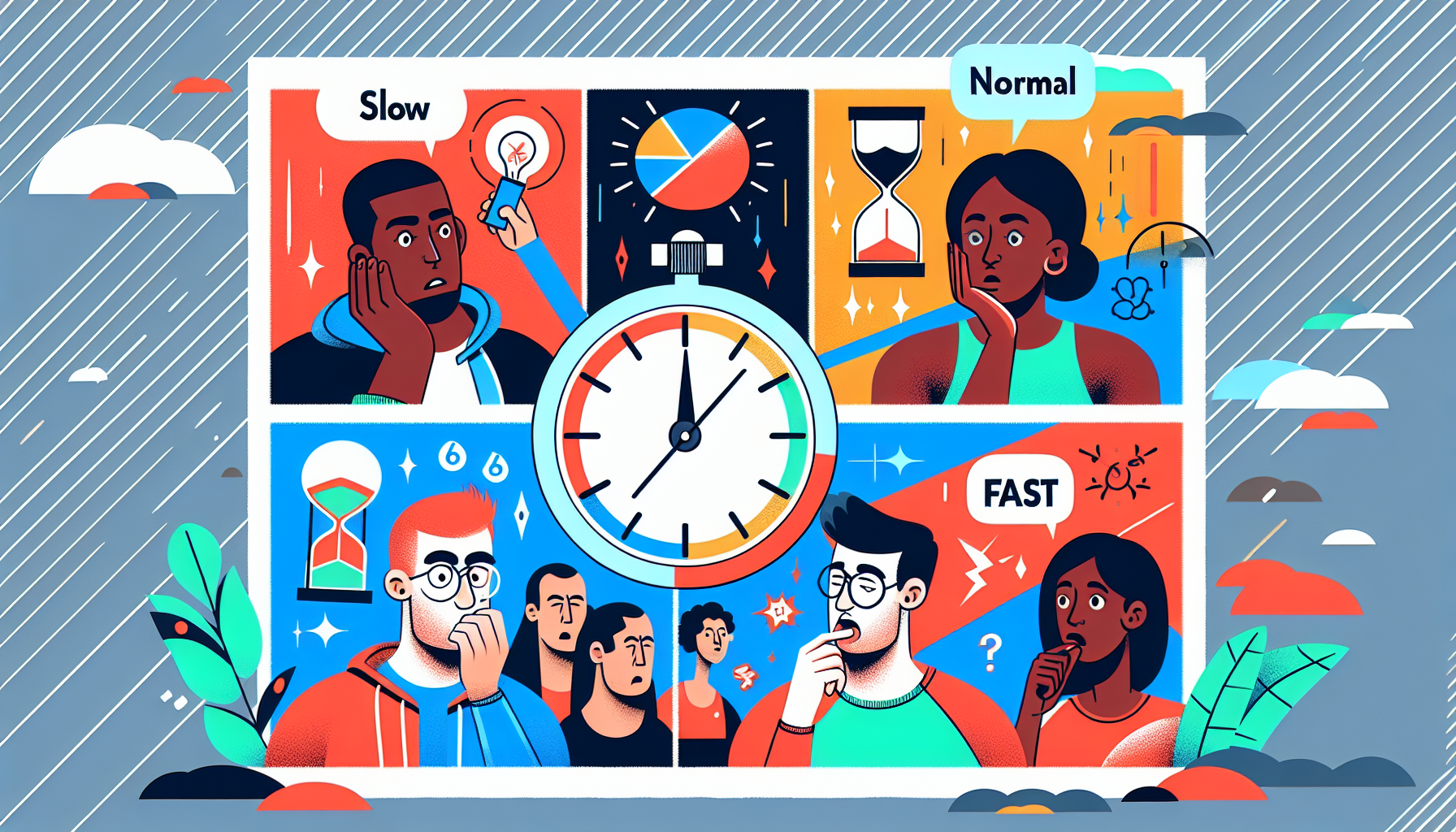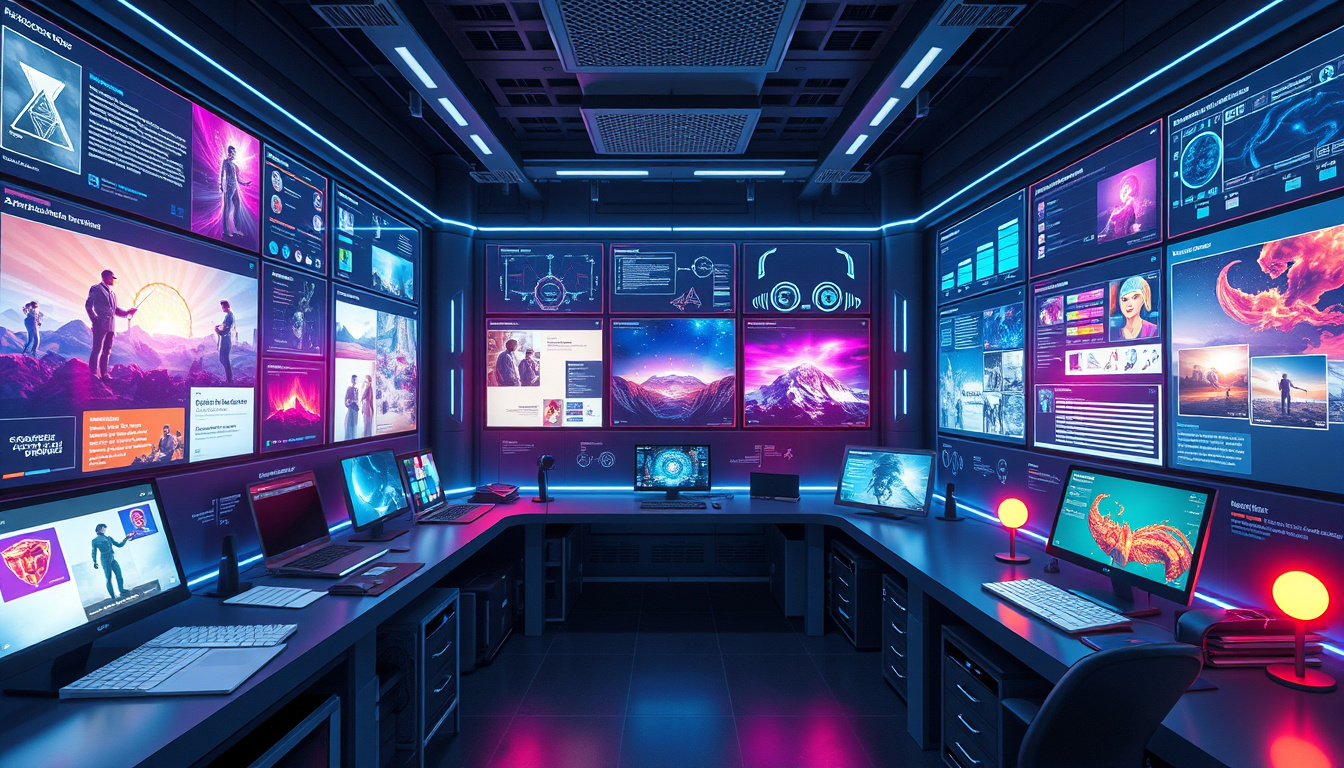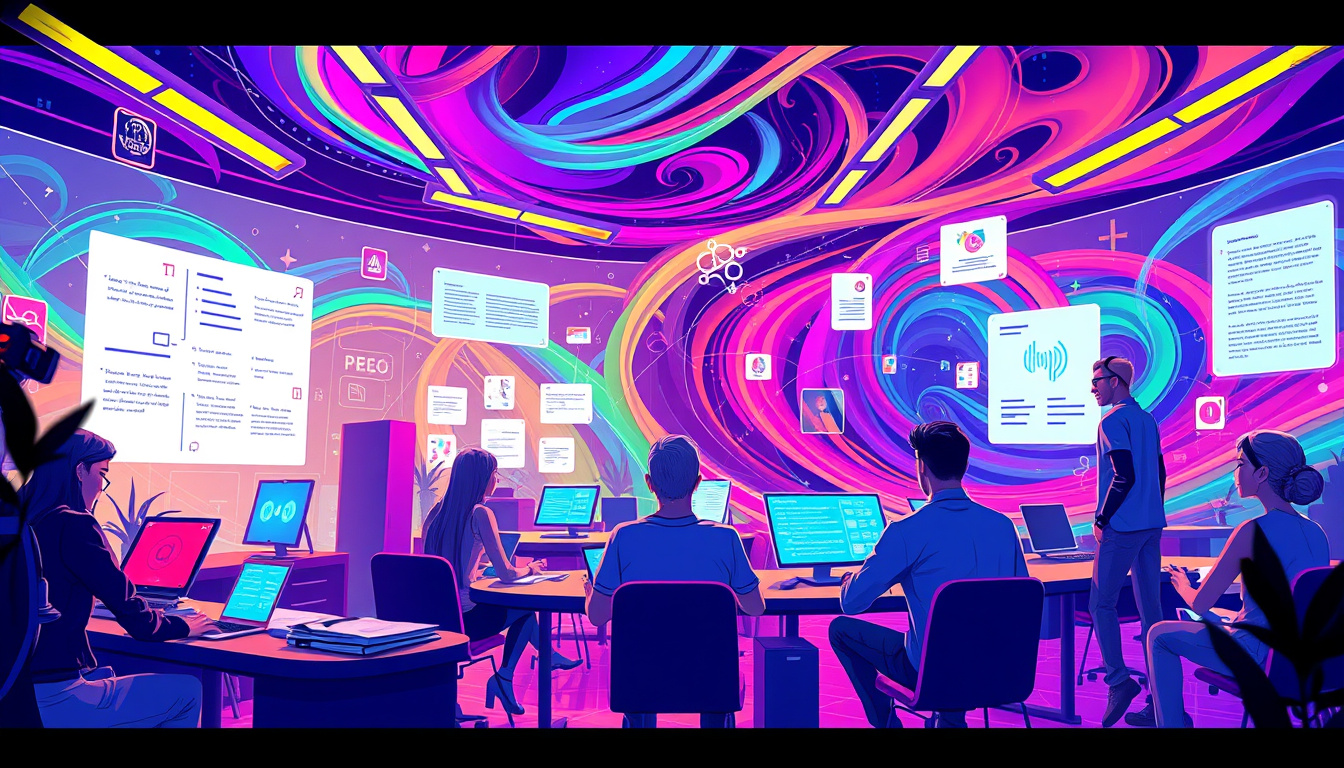
Pacing in Animation: Key to Keeping Viewers Engaged
Pacing in animation refers to the rate at which a narrative unfolds and is crucial in maintaining viewer engagement. It’s about the timing of events, the unfolding of action, and the development of characters within the storyline. Proper pacing keeps the audience invested, ensuring they stay engaged from the beginning to the end without losing interest.
Why Pacing is Important in Animation
In animation, every second of screen time is meticulously designed and crafted, making pacing an even more critical aspect of storytelling. Unlike live-action films or series, where pacing can sometimes be adjusted through editing after shooting, animation requires a more deliberate approach from the outset. The pacing can dramatically affect a viewer’s emotional response and interest level, making it key to the success of any animated project.
Types of Pacing
There are generally two types of pacing in animation: fast and slow. Fast pacing is often used in action sequences, comedies, or scenes requiring high energy, keeping viewers on the edge of their seats. Slow pacing, on the other hand, is used to build tension, develop deeper storylines, or focus on character development. It allows for moments of reflection and can significantly enhance emotional impact.
Striking the Right Balance
Finding the right balance between fast and slow pacing is an art. If a story moves too quickly, it can feel rushed, leaving audiences confused and unable to connect with the characters. Conversely, if the pacing is too slow, viewers may lose interest and disengage. To keep the audience invested, animators and storytellers must strategically vary pacing, seamlessly shifting gears to match the narrative’s demands.
The Role of Editing in Pacing
Editing plays a pivotal role in establishing pacing in animation. Through the editing process, creators can adjust timing, add pauses for dramatic effect, or quicken sequences to increase intensity. The choice of transitions, cutaways, and even the length of scenes can all influence the pacing. Skillful editing ensures that the story flows smoothly, maintaining the viewer’s interest throughout.
Impact of Music and Sound Design
Music and sound design are powerful tools in influencing the pacing of an animation. A fast-paced soundtrack can heighten the excitement of an action scene, while a slow, somber tune can add depth to more emotional moments. Sound effects can also emphasize actions, adding weight or lightness to a scene, thereby affecting its perceived pacing. Integrating music and sound design effectively can therefore significantly enhance the overall pacing and mood of the animation.
Viewer Engagement and Pacing
At its core, pacing is about keeping viewers engaged. It is a crucial element that animators and storytellers must carefully consider and implement. The goal is to create a rhythmic flow that feels natural and keeps the audience’s attention glued to the screen. Whether through thrilling action sequences, deep emotional moments, or a thoughtful mix of both, effective pacing ensures that the animation remains compelling and memorable for the audience.
In conclusion, pacing in animation is not just about the speed at which the story moves, but about creating a balance that resonates with the audience, evoking the desired emotional responses and keeping them engaged from start to finish. It’s an essential tool in the animator’s toolbox, one that, when used skillfully, can turn a good animation into a great one.






